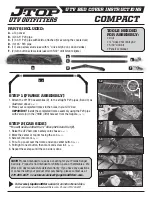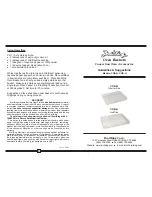
151
Appendix B
Error Messages
This appendix contains the following sections:
◆
HTML messages sent to clients‚ on page 152 describes the HTML error messages that
the Intel NetStructure Cache Appliance sends to browser clients (not to be confused
with standard HTTP response codes)
◆
Standard HTTP response messages‚ on page 154 describes the standard HTTP
response codes that web servers send to browser clients














































